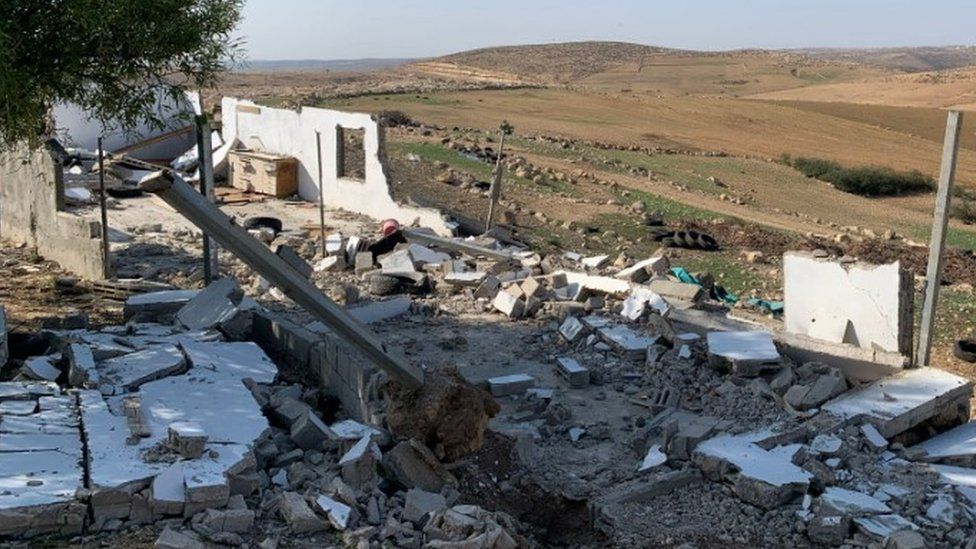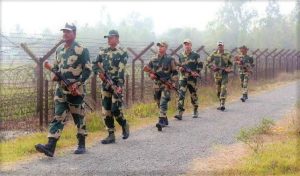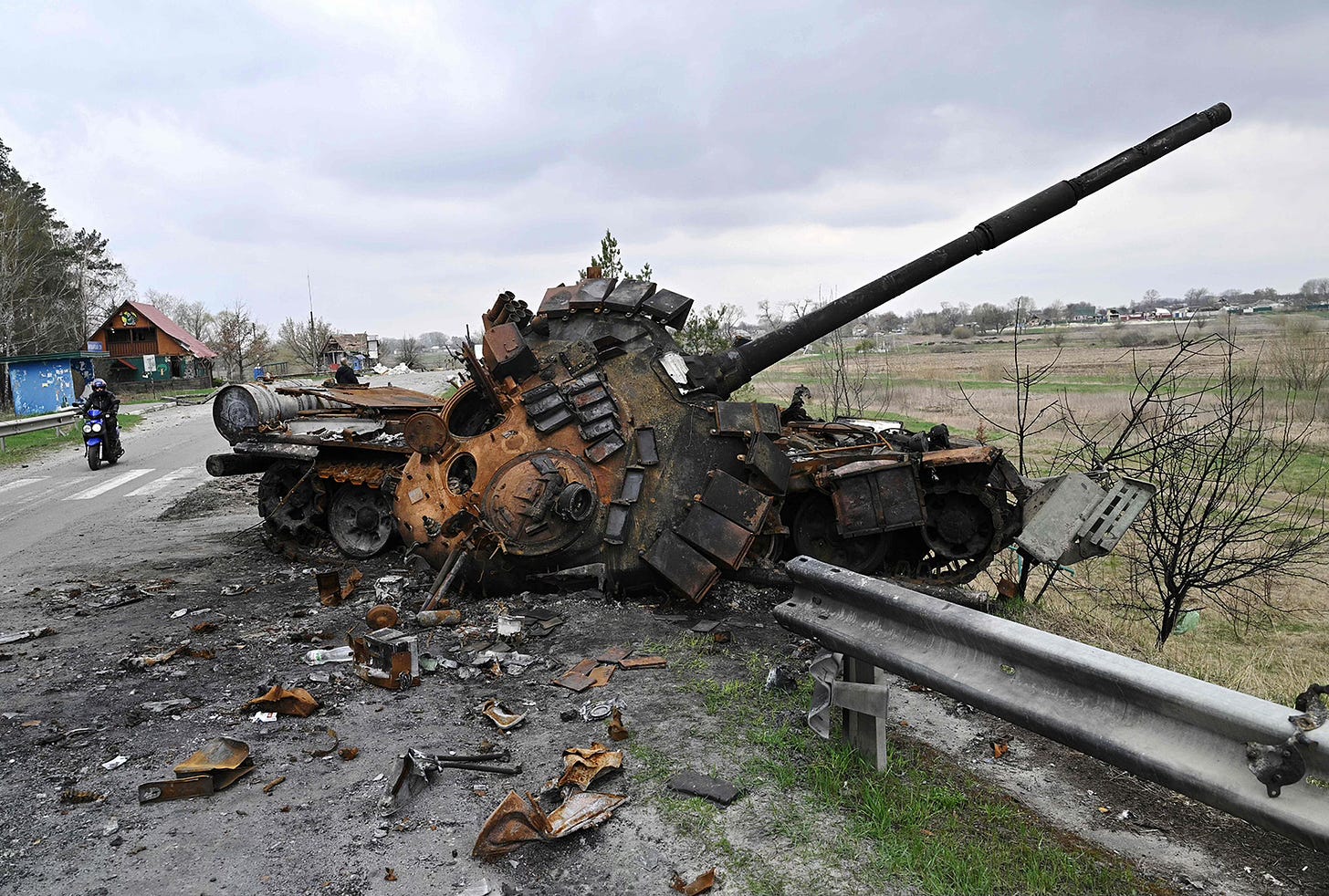On June 15, in a conference room at NATO headquarters in Brussels, Defense Secretary Lloyd Austin, flanked by top U.S. commanders, sat around a table with his Ukrainian counterpart, who was joined by aides from Kyiv. The room was heavy with an air of frustration.
Austin, in his deliberate baritone, asked Ukrainian Defense Minister Oleksii Reznikov about Ukraine’s decision-making in the opening days of its long-awaited counteroffensive, pressing him on why his forces weren’t using Western-supplied mine-clearing equipment to enable a larger, mechanized assault, or using smoke to conceal their advances. Despite Russia’s thick defensive lines, Austin said, the Kremlin’s troops weren’t invincible.
Reznikov, a bald, bespectacled lawyer, said Ukraine’s military commanders were the ones making those decisions. But he noted that Ukraine’s armored vehicles were being destroyed by Russian helicopters, drones and artillery with every attempt to advance. Without air support, he said, the only option was to use artillery to shell Russian lines, dismount from the targeted vehicles and proceed on foot.
“We can’t maneuver because of the land-mine density and tank ambushes,” Reznikov said, according to an official who was present.
Miscalculations, divisions marked offensive planning by U.S.
The meeting in Brussels, less than two weeks into the campaign, illustrates how a counteroffensive born in optimism has failed to deliver its expected punch, generating friction and second-guessing between Washington and Kyiv and raising deeper questions about Ukraine’s ability to retake decisive amounts of territory.


















